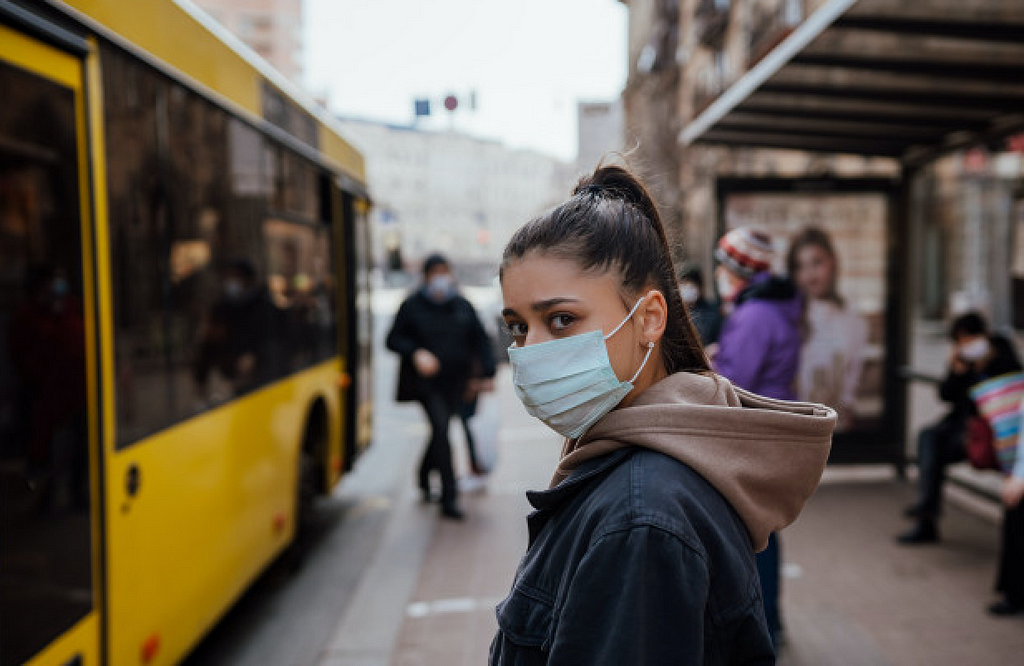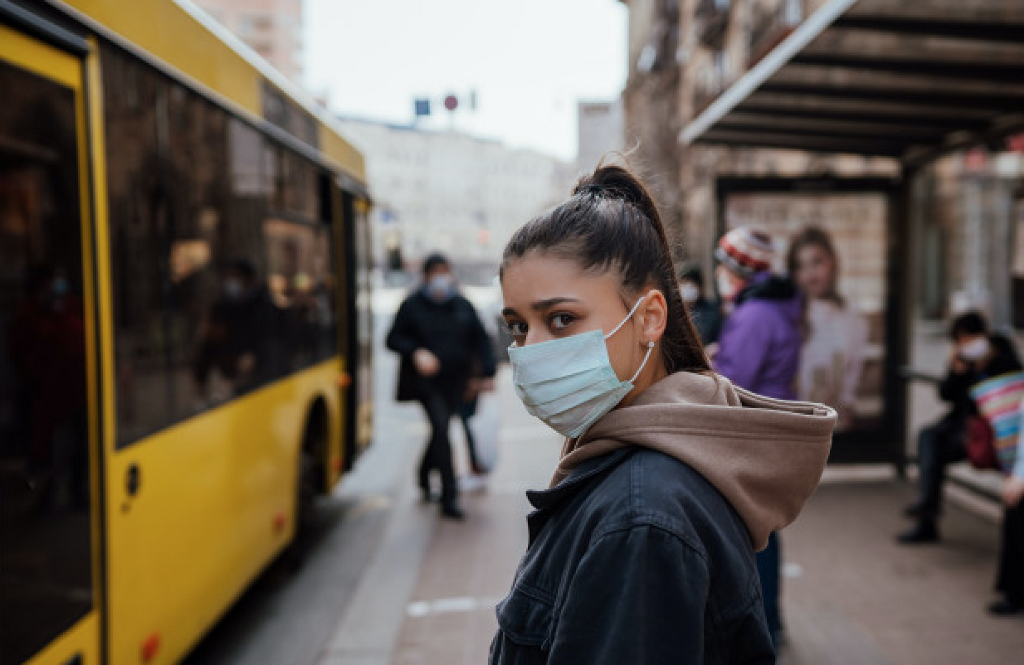
Global quarantines have crushed public and private transportation businesses. Stay-at-home orders caused demand to disappear overnight. Worries over contamination suggest a dark future for mass transit and private hire services alike — the cleanliness of the vehicles and the health of fellow passengers, drivers, and staff are likely to slow a return to anything near the pre-virus “normal.”
But a return to normal may not be what cities, residents, and travelers want. After all, pre-epidemic, urban traffic, and pollution were growing unabated. Who wants to return to that? “Cities have a window of opportunity to rethink the future of urban transport and tackle issues that were plaguing the sector long before the emergence of the virus, from congestion to affordability and efficiency,” said World Bank economist Tatiana Peralta Quiros. Let’s add lethal quality to the list of ailments.
Taking Back the Streets
A return to normal may seem desirable compared to the impacts of the lockdowns, but that’s not the only option. Cities around the world are taking back their streets, literally in the form of vast auto-free zones that will foster walking, biking open space, and new models of urban transport can do more with less. The situation gives us all a blank canvas to create sustainable mobility models that improve urban quality of life.
The crisis has bought urban planners precious time to rethink public and private transportation, but it’s challenging to plan in such an unpredictable environment. “The pandemic has had a dramatic impact on people’s mobility patterns,” Quiros said. “The situation is chaotic, unprecedented, and keeps changing by the day.” It sounds like a bumpy ride, but this unpredictability may be advantageous. Uncertainty may force mobility providers to develop more flexible solutions that use demand data to automatically adjust to real-time conditions, algorithmically distributing vehicles to efficiently meet demand my moving more people and goods with fewer vehicles.
Doing More with Less
Imagine ridehailing (or robotaxis) businesses that, instead of flooding cities with empty vehicles, are optimized to respond to ride requests on-demand. They use demand data to pool riders based on trip origins and destinations, and automatically adjust seating capacity based on the latest social distancing requirements. The business model would be to maximize vehicle utilization to maximize revenue per vehicle.
Imagine that same service being able to deliver packages along with passengers or to transform into delivery services at night. And what if small vans (or autonomous shuttles) replaced large buses, offering speedy fixed-route services on dedicated lanes during peak hours and shifting to on-demand micro-transit off-peak?
What if it All Worked Together?
Let’s take it a step further. What if all the services operating in a city shared data and worked together instead of overlapping or competing? Coordinated public and private fleets could always redeploy capacity where it makes the most sense. A traveler books a bus ticket, and the bus is full, so the request is routed to a ridehail or micro-transit or taxi service with the right capacity to make the trip. Or a commuter train is full, and a bus bridge is automatically deployed for the commuters that couldn’t get on the train.
Orchestrating it All
Many of these scenarios are doable now thanks to fleet orchestration. Inits purest form, fleet orchestration technology collects digitized data in the form of ride requests and vehicle locations and capacities and sends “missions” that direct the optimal vehicle for each request. Fleet orchestration platforms use purpose-built software and data science to match vehicles and passengers at scale, automating booking, dispatching, and routing to maximize fleet efficiency.
Operators can set a capacity threshold that allows a safe and socially distanced number of passengers. Once the vehicle has reached that threshold, it becomes unavailable for new passengers to book on the app, until someone has been dropped off. This capacity constraint can be changed as conditions warrant.
Fleet orchestration enables mobility provides to support multiple services with different types of vehicles. A single dashboard tracks vehicles’ current and future missions, and updates missions as conditions change — all while communicating with drivers, autonomous vehicles, passengers, and operators.
This level of fleet orchestration is offered by Bestmile and sophistication and intelligence beyond what is commercially available elsewhere. On-demand booking platforms do not have the flexibility to convert to fixed-route services on the fly, or to offer multiple services simultaneously. Public transport agencies eying the use of peer-to-peer ridehailing platforms to offer on-demand services might consider whether the platforms can support the flexibility needed to maximize asset utilization and passenger experience while continuing to optimize the performance of multiple services in real time.
Thinking Outside the Auto
Some have suggested that urban travelers will have to choose between “crowded public transportation” and private autos. But those aren’t the only choices. Public and private transportation providers have the opportunity to reinvent mobility with smarter, safer, multi-service fleets that move more people and goods with fewer vehicles, preserving the cleaner, quieter streets experienced during lockdowns, and reversing some of the ills of auto-centric urban design. Fleet orchestration is the technology that can enable this transformation.
Quarantines Crushed Urban Mobility. Technology Can Bring It Back was originally published in Bestmile on Medium, where people are continuing the conversation by highlighting and responding to this story.
